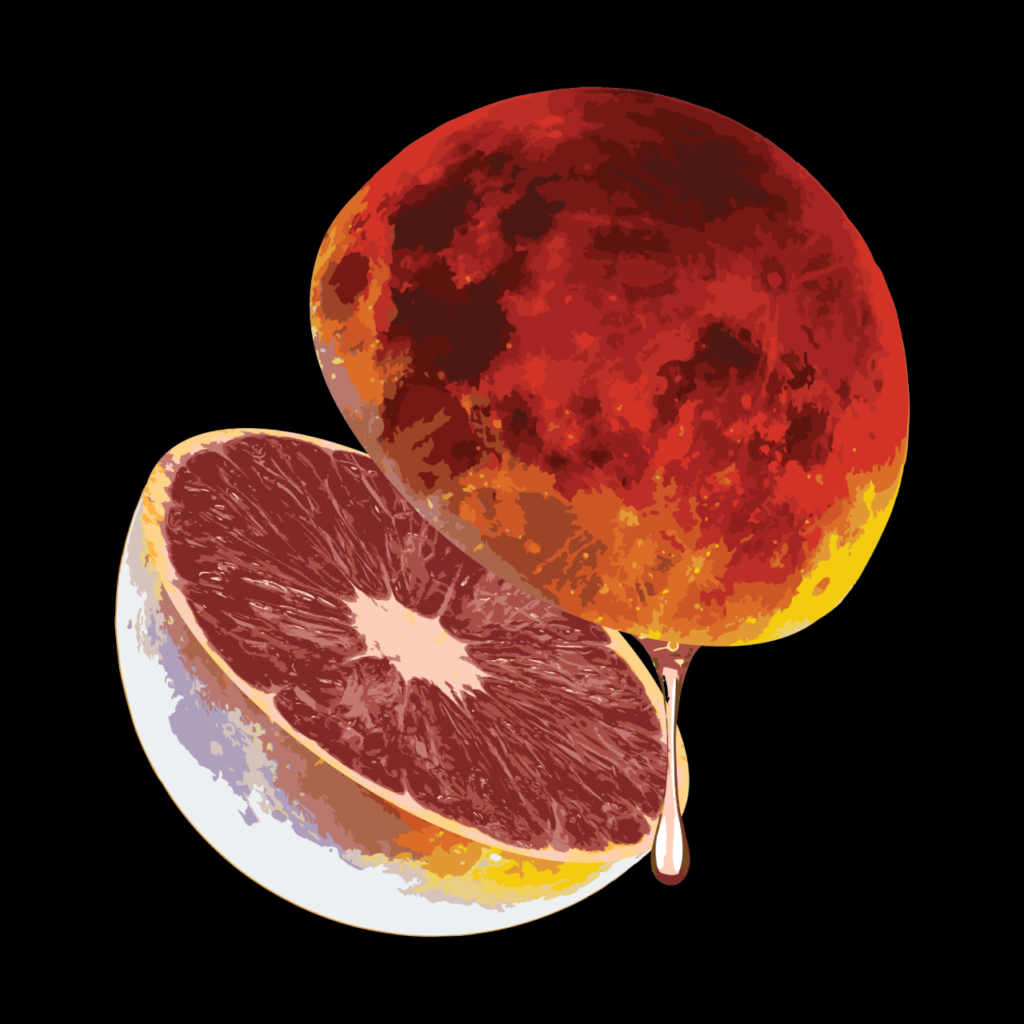Today, we’re diving into a topic that, while seemingly straightforward, plays a pivotal role in your Artist Shop’s success: the art of naming your designs. In recent times, we’ve observed a trend among shop owners leaning towards keyword stuffing in their design names. While the intention—to improve searchability and visibility—is understandable, this practice often leads to long, unwieldy names that can detract from the overall shopping experience. Our goal here is to steer you towards more effective strategies, enhancing both the appeal of your designs and the ease with which customers can find them.
The Importance of Design Names
First impressions count, and in the digital world, your design names serve as the initial handshake between your work and your audience. A well-chosen name can intrigue, inform, and entice. It’s not just a label; it’s an extension of your brand, a hint at the story behind the artwork, and a crucial element in making your designs memorable. But how do you strike the perfect balance between creativity, clarity, and SEO?
The Issues with Keyword Stuffing
Keyword stuffing—the practice of loading a design name with an excessive number of keywords—can negatively impact the user experience. It makes names clunky and difficult to remember, potentially overwhelming customers with information before they’ve even seen your design. Furthermore, it can harm your shop’s discoverability, as search engines increasingly penalize such practices.

Your solution? Leveraging tags for SEO. Tags allow you to incorporate all those essential keywords without compromising the integrity of your design names. They are the behind-the-scenes workers, helping your designs show up in searches without cluttering their titles. By judiciously using tags, you can improve your SEO and make it easier for customers to find what they’re looking for.
The Dos and Don’ts of Naming Your Designs
Choosing the right name for your design can be as crucial as the artwork itself. Here are key practices to ensure your design names hit the mark every time:
✅ Keep it simple. Aim for names that are easy to recall. Simplicity can be striking.
✅ Be descriptive, but brief. Your design name should give a clear idea of what the design is about without turning into a sentence.
✅ Reflect your brand. Ensure your design names resonate with your shop’s overall theme and brand personality.
While creativity in naming your designs is encouraged, there are certain pitfalls you’ll want to avoid. These don’ts are as crucial as the dos, as they help maintain the professionalism and accessibility of your shop:
❌ Avoid overly generic names. While being descriptive, make sure your design names stand out and aren’t too vague.
❌ Shy away from long names. Long titles can be cumbersome and detract from the aesthetic appeal of your presentation.
❌ Refrain from misleading names. Honesty in naming builds trust with your audience. Ensure your design name accurately reflects the artwork.
Examples of Effective Design Names
Choosing the right name for your design is a delicate balance between creativity, clarity, and marketability. To give you a better idea of what works, let’s explore some examples of effective design names and why they stand out.
Good: “Midnight Owl”
- This name is simple, memorable, and instantly conjures an image of the design’s theme. It’s evocative yet concise, striking the perfect balance.
Needs Improvement: “Owl Night Moon Dark Cute Animal Nature Cool Graphic Tee”
- This example shows how keyword stuffing can make a design name cumbersome and less impactful. It’s overloaded with descriptors that detract from the main theme and can overwhelm potential customers. In most cases, it’s also unnecessary to include the product type in the design name.
Good: “Blood Moon Orange”
- The name is striking and visual, creating an immediate connection with the viewer through its vivid imagery and simplicity.
Needs Improvement: “Moon Red Orange Night Sky Lunar Eclipse Astronomy Space Gift”
- This example is bogged down by unnecessary details and keywords, diluting the design’s visual impact.
Good: “Beneath the Whispering Plants”
- This name is imaginative and descriptive, drawing the listener into a vivid abstract world without being overly long or complex.
Needs Improvement: “Plants Green Whisper Quiet Secret Abstract Forest Art Print”
- Like the others, this name tries to cram too many concepts and keywords, losing the elegant simplicity that makes a design name truly stand out.
By analyzing these examples, you can see how a well-thought-out name contributes to the design’s allure and marketability. A name should entice and intrigue, inviting the viewer to learn more about the story and inspiration behind your artwork.
Naming your designs is more art than science, blending creativity with strategic thinking. By moving away from keyword-stuffed titles and making full use of tags, you can significantly enhance your Artist Shop’s appeal and functionality. We encourage you to review your existing design names and consider how you can apply these best practices to refine them. Remember, each design is a story, and its name is the title. Make it count!
Don’t have an Artist Shop yet? It’s only takes a few minutes to build your own standalone online merch store and create hundreds of products featuring your art. Plus, it’s FREE to use. Sign up today.








